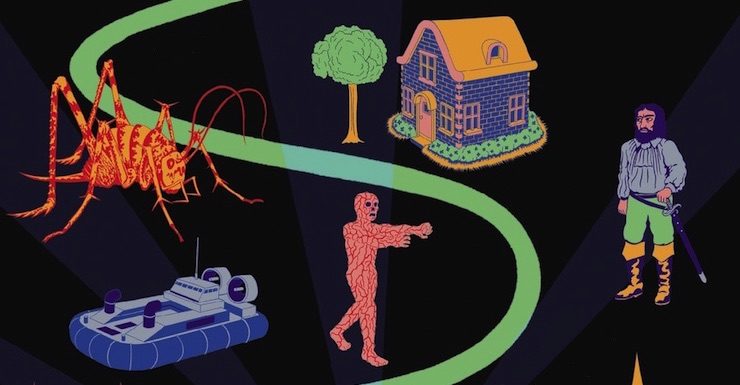One could convincingly argue that horror with a literary spin on it has increased its profile in recent years, with writers like Victor LaValle, Karen Russell, and Brian Evenson tapping into a potent sense of dread and gut-wrenching terror. That said, writers on the literary side of things have always had a fondness for the horrific. Kingsley Amis’s The Green Man and Muriel Spark’s Memento Mori both feature sinister supernatural figures and moments of white-knuckle fear, for instance.
Still, we do seem to be at a point in time when the literary and the horrific have begun to overlap. Thomas Ligotti’s first two collections were recently given the deluxe Penguin Classics reissue treatment. Michel Houellebecq wrote a book analyzing the horror of H. P. Lovecraft. The rise of literary horror is likely happening for the same reasons that more “literary” writers are also embracing science fiction and fantasy: it’s what they grew up on, and they don’t see any reason to change gears now. Some of that may also be a generational thing: the likes of Stephen King, Peter Straub, and Chuck Palahniuk are all generous with blurbs both within and without the genre of horror. (See also: the long shadow cast by Cormac McCarthy’s fiction, especially Blood Meridian.) Here’s a look at several recent books that may appeal to those who love a great scare and a great sentence in equal measure.
Brian Evenson, A Collapse of Horses
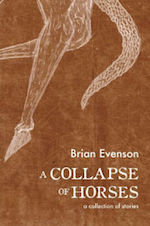 There’s a solid case to be made for Brian Evenson as one of the most influential figures in terms of a growing convergence between the literary and horror worlds. Part of that is that his fiction simultaneously grapples with intellectual questions about reality and perception while also tapping into a literally visceral world of shattered bodies and terrifying visions. (See also: Kafka.) And, for literary writers of a certain generation, Evenson is a towering figure. A Collapse of Horses is Evenson’s latest collection, and it’s head-spinning stuff, situated at the place where existential terror and the more straightforward variety meet.
There’s a solid case to be made for Brian Evenson as one of the most influential figures in terms of a growing convergence between the literary and horror worlds. Part of that is that his fiction simultaneously grapples with intellectual questions about reality and perception while also tapping into a literally visceral world of shattered bodies and terrifying visions. (See also: Kafka.) And, for literary writers of a certain generation, Evenson is a towering figure. A Collapse of Horses is Evenson’s latest collection, and it’s head-spinning stuff, situated at the place where existential terror and the more straightforward variety meet.
Daisy Johnson, Fen
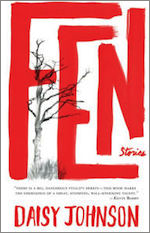 Not all of the stories in Daisy Johnson’s atmospheric collection Fen head into horror territory, but quite a few do: opener “Starver” features a character who’s becoming increasingly eel-like, and whether you read that as a metaphor or as an explicit shift away from realism, the visceral sense of body horror remains. There’s a tremendous sense of place in these stories, alongside a monstrous amount of dread; it could make for an excellent double bill with Michael McDowell’s Toplin.
Not all of the stories in Daisy Johnson’s atmospheric collection Fen head into horror territory, but quite a few do: opener “Starver” features a character who’s becoming increasingly eel-like, and whether you read that as a metaphor or as an explicit shift away from realism, the visceral sense of body horror remains. There’s a tremendous sense of place in these stories, alongside a monstrous amount of dread; it could make for an excellent double bill with Michael McDowell’s Toplin.
Elizabeth Hand, Wylding Hall
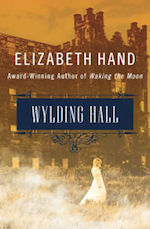 Another place where horror and more literary work converge is in the pages of journals like Conjunctions. Karen Russell’s story “The Graveless Doll of Eric Mutis,” comes to mind, along with regular contributions by the likes of the aforementioned Straub and Evenson. Elizabeth Hand is another writer whose work frequently appears in said journal; this short novel, documenting a cult band’s fateful recording of an album in a very old building, ends on an image that’s hard to shake.
Another place where horror and more literary work converge is in the pages of journals like Conjunctions. Karen Russell’s story “The Graveless Doll of Eric Mutis,” comes to mind, along with regular contributions by the likes of the aforementioned Straub and Evenson. Elizabeth Hand is another writer whose work frequently appears in said journal; this short novel, documenting a cult band’s fateful recording of an album in a very old building, ends on an image that’s hard to shake.
Jarret Middleton, Darkansas
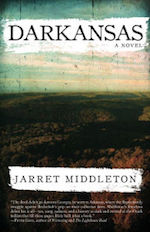 There are aspects of Jarret Middleton’s novel Darkansas that seem almost self-consciously literary and realistic: its protagonist is a hard-living musician who’s spent his whole life in the shadow of his father, and his twin brother’s wedding offers the potential of reconciliation with his family. And then Middleton takes things in a markedly different direction, invoking the family’s cursed history and introducing a pair of sinister, impossibly long-lived figures with their own interest in the outcome of certain significant events. What begins as a grittily realistic novel turns into a horrifying meditation on fate, family, and violence as it approaches its conclusion.
There are aspects of Jarret Middleton’s novel Darkansas that seem almost self-consciously literary and realistic: its protagonist is a hard-living musician who’s spent his whole life in the shadow of his father, and his twin brother’s wedding offers the potential of reconciliation with his family. And then Middleton takes things in a markedly different direction, invoking the family’s cursed history and introducing a pair of sinister, impossibly long-lived figures with their own interest in the outcome of certain significant events. What begins as a grittily realistic novel turns into a horrifying meditation on fate, family, and violence as it approaches its conclusion.
Drew Magary, The Hike
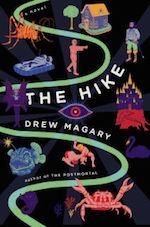 Drew Magary’s novel The Hike quickly ventures into surreal territory: its protagonist is a man on a work trip, who sets out on a hike near his hotel to kill some time before a meeting. Then he spots a pair of killers wearing dog masks, and from there things get much, much weirder. Magary’s novel blends grotesque imagery, bleak humor, body horror, and moments of outright terror towards a decidedly unique conclusion.
Drew Magary’s novel The Hike quickly ventures into surreal territory: its protagonist is a man on a work trip, who sets out on a hike near his hotel to kill some time before a meeting. Then he spots a pair of killers wearing dog masks, and from there things get much, much weirder. Magary’s novel blends grotesque imagery, bleak humor, body horror, and moments of outright terror towards a decidedly unique conclusion.
Josh Malerman, Black Mad Wheel
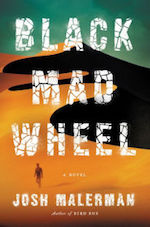 Mysteries abound in Josh Malerman’s novel Black Mad Wheel, in which a once-promising band is recruited by the U.S. Army in the late 1950s to investigate the origins of a mysterious sound that may be a weapon, something supernatural, or something beyond human comprehension. Malerman juxtaposes multiple timelines here, along with parallel plots and various characters’ hidden agendas. The result is a heady and tense work, in which nerve-wracking suspense and supernatural forces coincide with pensive thoughts on the nature of music.
Mysteries abound in Josh Malerman’s novel Black Mad Wheel, in which a once-promising band is recruited by the U.S. Army in the late 1950s to investigate the origins of a mysterious sound that may be a weapon, something supernatural, or something beyond human comprehension. Malerman juxtaposes multiple timelines here, along with parallel plots and various characters’ hidden agendas. The result is a heady and tense work, in which nerve-wracking suspense and supernatural forces coincide with pensive thoughts on the nature of music.
 Tobias Carroll is the managing editor of Vol.1 Brooklyn. He is the author of the short story collection Transitory (Civil Coping Mechanisms) and the novel Reel (Rare Bird Books).
Tobias Carroll is the managing editor of Vol.1 Brooklyn. He is the author of the short story collection Transitory (Civil Coping Mechanisms) and the novel Reel (Rare Bird Books).










